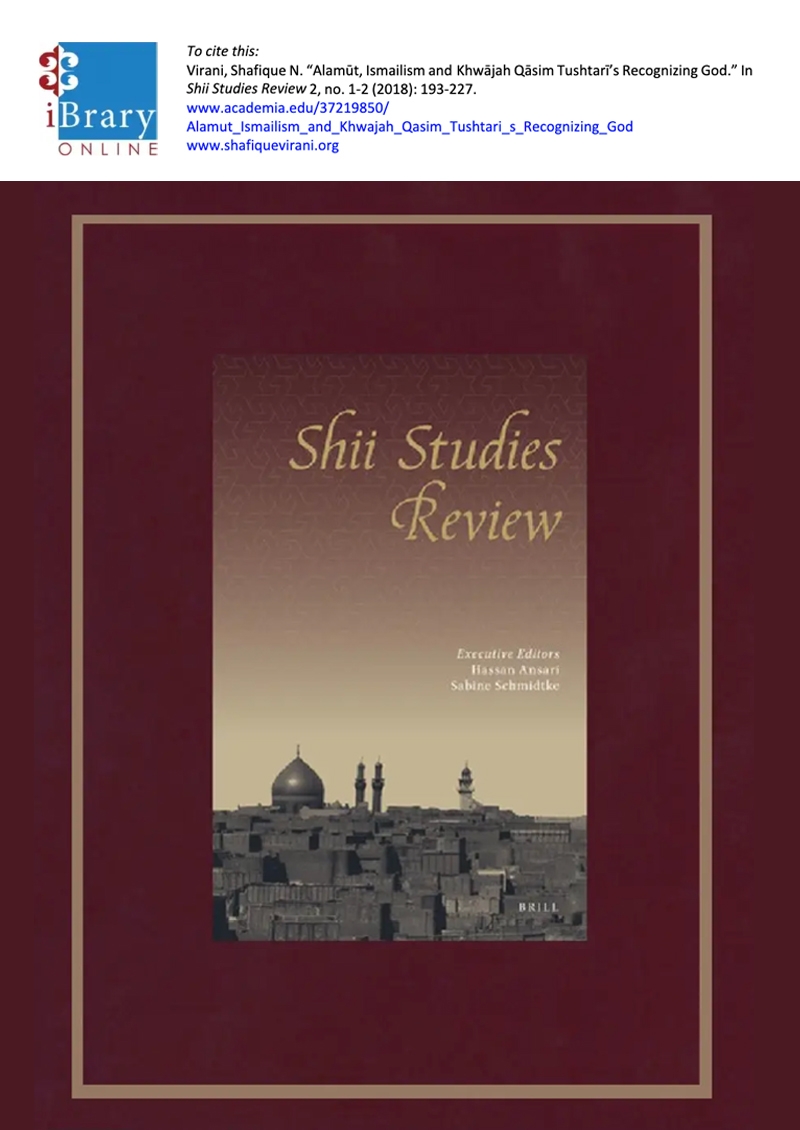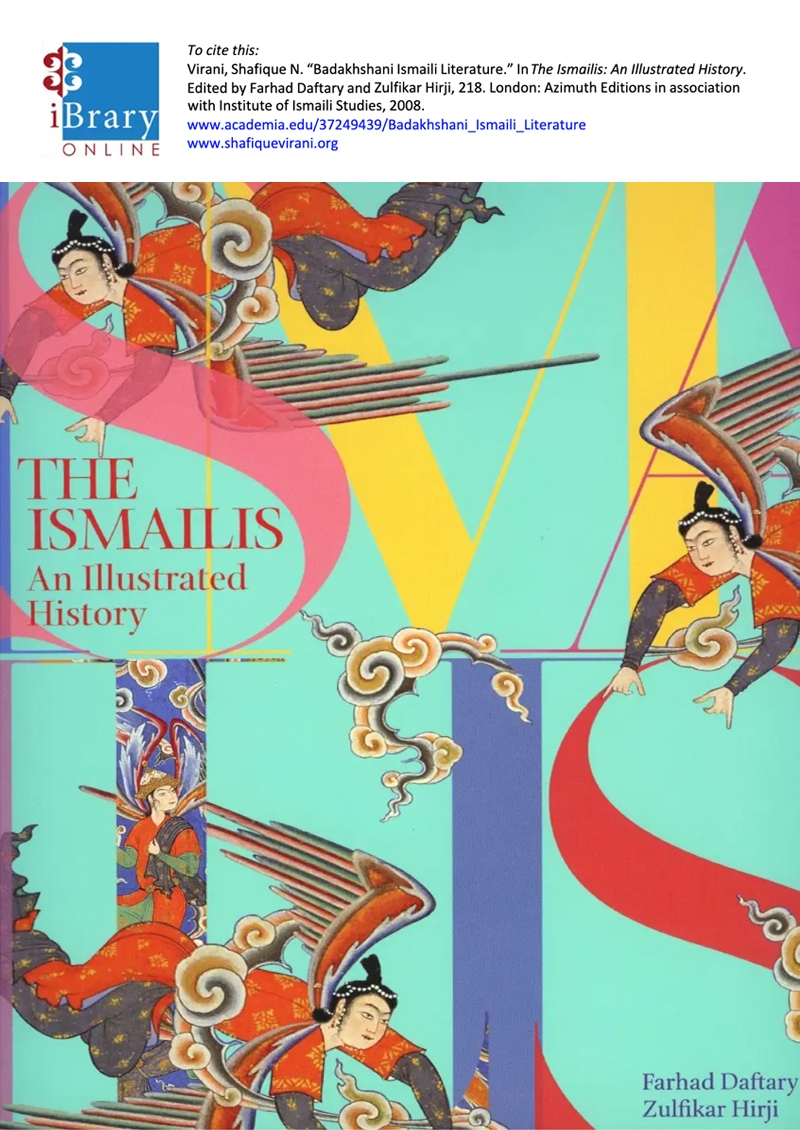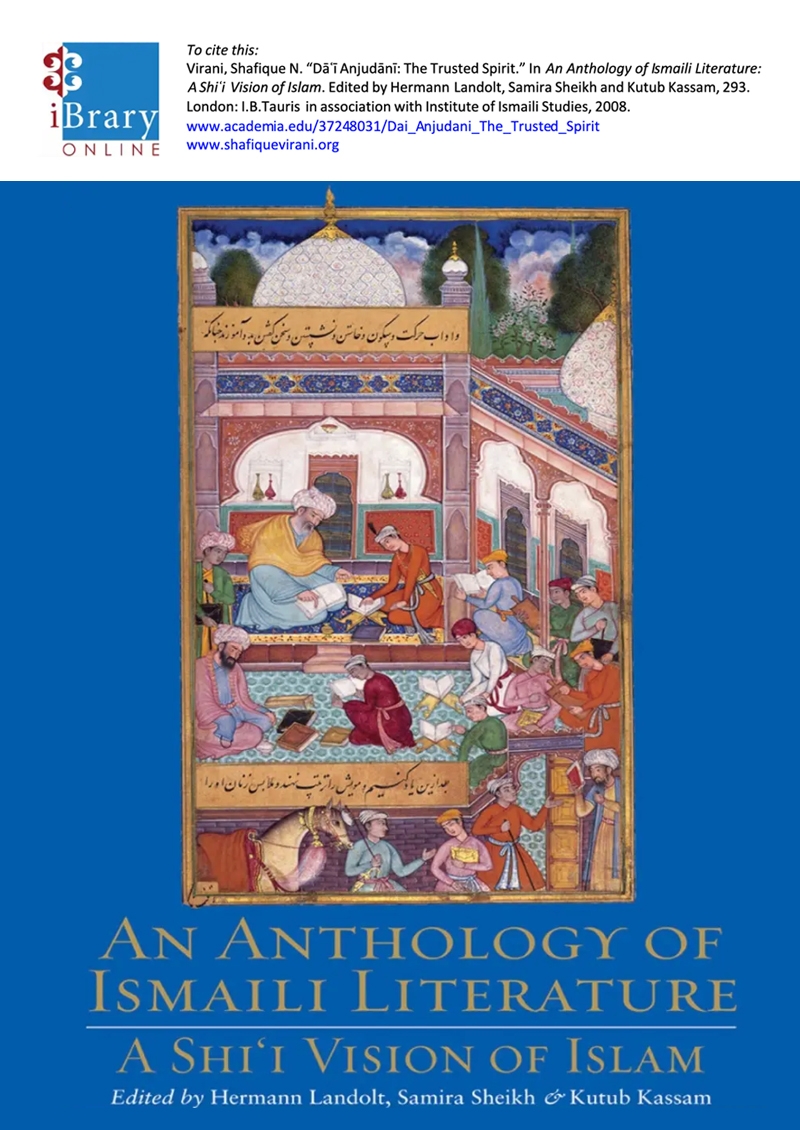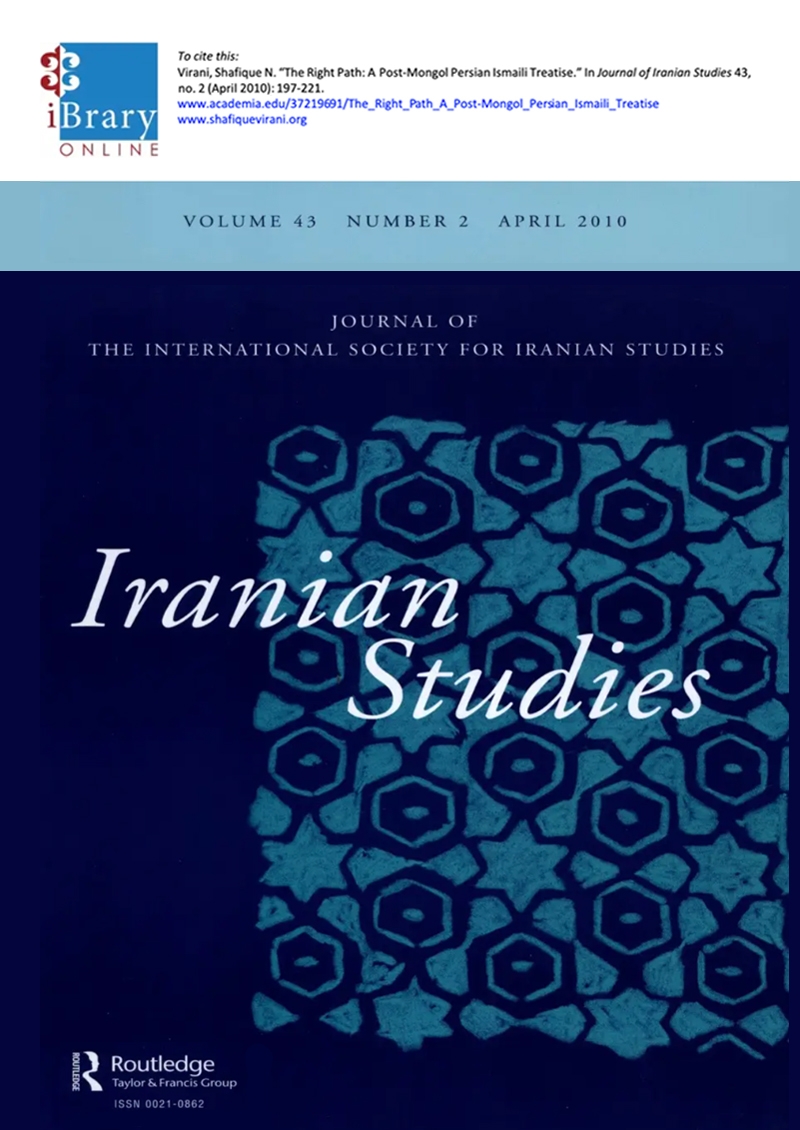Publication – English
Alamut, Ismailism and Khwajah Qasim Tushtari’s Recognizing God
Abstract:
Drawing extensively on the testimony of the Persian historians of the seventh-eighth hijri centuries (corresponding to the thirteen-fourteenth centuries of the Christian era), this article sketches a detailed picture of several personalities involved in founding the nascent Ismaili state centred at Alamut in the fifth/eleventh century. This background sets the stage for analyzing a new manuscript source documenting Ismaili history and thought of this period, Khwaja Qasim Tushtari’s “Recognizing God” (Ma’rifat-i Khuday ta’ala). After outlining and amending previous scholarship on this author and surveying the text’s extant manuscript and lithographic sources, the article analyzes the historical references, focusing on the figure of Sharaf al-Din Muhammad, and examining the evolution of the Ismaili leadership structure. It argues for a likely date of composition between 525/1131 and 533/1139, making Tushtari’s “Recognizing God” one of the oldest Ismaili texts from Alamut still in existence.
Cite this publication:
Virani, Shafique N. “Alamūt, Ismailism and Khwājah Qāsim Tushtarī’s Recognizing God.” In Shii Studies Review 2, no. 1-2 (2018): 193-227.
Share what you’re reading on social media




